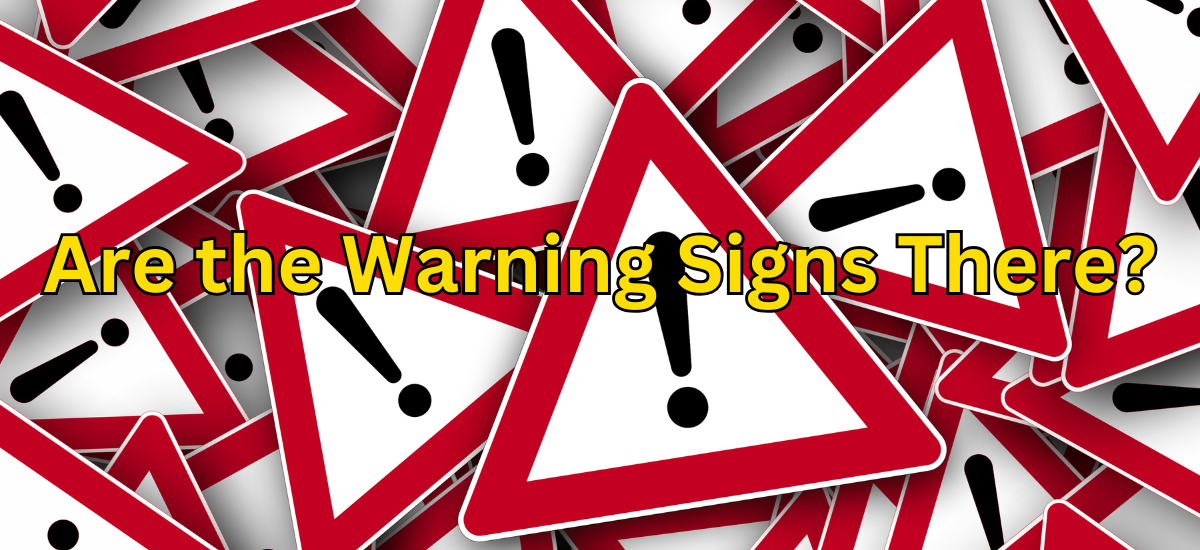Strategy, Structure, People
Years ago I adopted a frequently used axiom from a former colleague. It’s Strategy, Structure, People. Start by defining your strategy, then design and implement the structure required to execute that strategy, and then, and only then, place people in roles within that structure where they can successfully contribute towards the execution of the strategy. They are reliant on one another, complimentary, and the order of implementation is important.
Every once in a while I come across a video of a talented musician picking up a cheap toy instrument in a retail store, tuning it, performing a song, and, to my surprise, sounding fantastic! Like these guys. It may be simple, but when moments like this come together just perfectly in the hands of a skilled musician, it can be both magical and bewildering. If you’re like me, it might even drive you to search for more of their music, wondering what they could do with a higher-quality instrument, a band, and a proper recording studio.
But, while it’s fantastic for what it is, there are quite a few limitations to what can be done with a toy instrument, especially when performing in front of a live audience, or creating a studio-quality recording. In fact, what they’re doing in the video is essentially maxing out the instrument’s potential. But it works because it’s a small vision that only requires a small number of people, a minimal breadth of skills, and minimal equipment to execute. It’s just the two of them with a single instrument and a phone.
What if they wanted to play with a group? Perform a concert? Record an album? While possible, these pursuits exceed the intended designs of this instrument and the phone used as recording equipment. They weren’t intended for producing a studio recording or live performance in front of 5,000 people. As a result, a greater vision would quickly uncover new obstacles and challenges that require additional people, skills, equipment, and complexity to achieve.
The greater the risk, complexity, and number of people involved, the
greater the need to define where you’re going, and how you’ll get there.
This is where Strategy, Structure, and People come into play. Businesses often encounter many of these same challenges as they move through the stages of growth from founder to 25 people, to 100 people, and beyond. As their vision increases and their team grows, they often find themselves feeling stuck, overwhelmed, and exhausted as they continue to approach their business like they did when it was just them, or them and a very small team.
A few common scenarios:
- The business has an extremely talented and forward-thinking founder who, like the gentlemen in the video, can make their idea come to life. It’s entirely dependent on them. Take them out of the equation and you lose the idea, or at the very least the momentum. Scaling the business requires a good strategy, supporting structure, and proper people placement that allows the founder to impart responsibilities to teams and people with the skills to do them well, and at a greater scale than they can.
- They have a vision but lack a strategy to achieve it. They know where they want to go, but don’t have a plan for how to get there. It’s hard to communicate and measure success when it’s not defined, and this leaves teams confused about what’s expected of them, and what success looks like.
- They have great people but lack both a vision and strategy to take them somewhere. They spend a lot of time and energy doing things without a clear understanding of why they’re doing them, in part because they lack a clear picture of where they’re going, and how they’ll get there. Similarly, this leaves people and teams confused about what’s expected of them, and what success looks like.
- They have an extremely talented group of people who spend most of their time firefighting and struggling to make tangible progress. They may have a great vision and strategy, but without the supporting structure and people placement within that structure, they’re limited in their ability to make progress. The right structure defines the roles and skills needed to execute their strategy and reach their vision. They may need more people, lack the right people and skills, or have the right people in the wrong places. This often manifests as highly skilled individuals feeling overwhelmed, exhausted, and frustrated while they spend the majority of their time on things outside their skillset.
Bigger typically means bigger risk. Bigger typically means more complexity. Bigger typically means greater scale, which necessitates more resources. The greater the risk, complexity, and number of people involved, the greater the need to define where you’re going, and how you’ll get there. So, we start by creating a strategy in support of the vision. We then define and implement the structure needed to achieve the strategy. Finally, we position people in roles within the structure that play to their strengths. Definition brings clarity to what you’re trying to achieve and how you measure success. When clearly and consistently communicated, those definitions remove ambiguity for everyone involved and allow them to play their role.
A clear vision backed by a solid strategy, supporting structure, and intelligent
people placement removes the friction and ambiguity that hinder growth.
This is the importance of Strategy, Structure, and People. When you start with a clear vision, create a strategy that takes you towards your vision, implement a structure that supports the strategy through role and skill-based definition, place existing people in the structure in roles that align with their strengths, and supplement your teams with unmet role and skill gaps defined by the structure, you remove friction and ambiguity that hinders growth.







Copyright GrowthPath 2023-2025. All right reserved.


